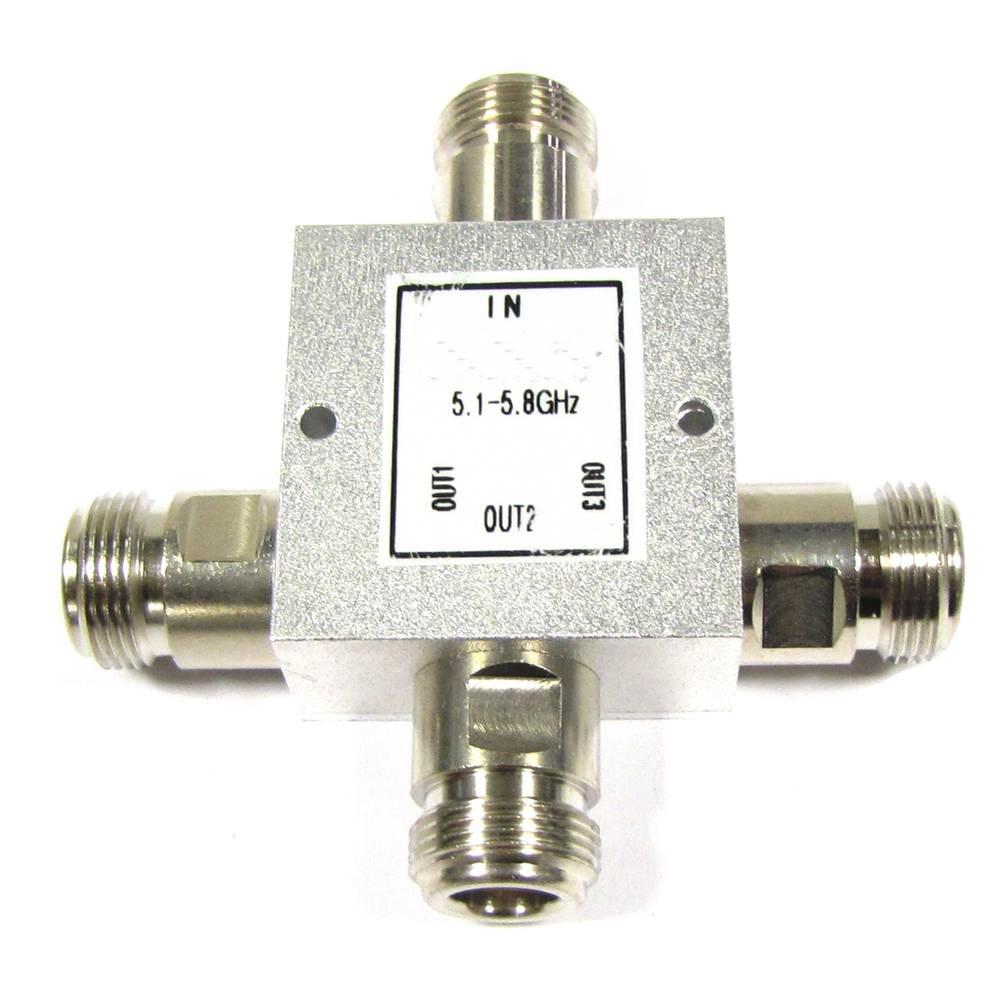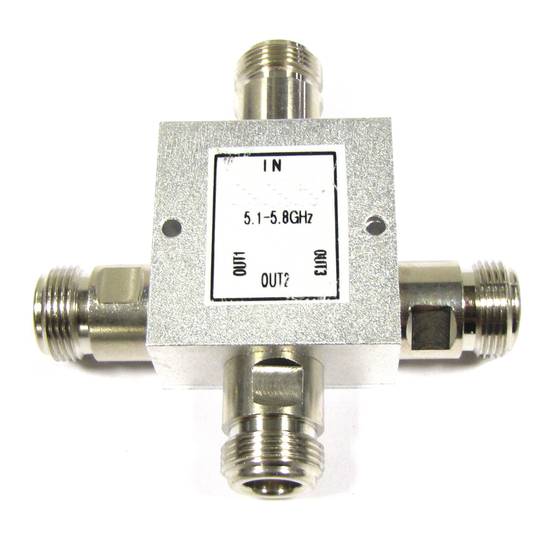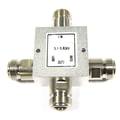11/15/2024 8:57 a.m.
http://34.77.62.133/en/products/4-port-splitter-wifi-compact-from-5100-to-5900-mhz-AM028/
http://34.77.62.133/en/products/4-port-splitter-wifi-compact-from-5100-to-5900-mhz-AM028/
4-port splitter WIFI Compact from 5100 to 5900 MHz
REF: AM028
OUTLET
Specifications
- 4 port WIFI splitter from 5100 to 5900 MHz compact.
- Port multiplier for WIFI antenna connections.
- It operates in the band from 5100 MHz to 5900 MHz.
- Ideal for connecting 3 WIFI antennas to the same wireless network electronics.
- It has 4 ports.
PVP
€19.83
€9.12
Price including VAT:
€11.22
PVD
€16.91
€7.78
PVP: Retail price.
Check conditions.
PVP: Sale price to distributors.
Check conditions.
warranty
returns
OUTLET
Specifications
- 4 port WIFI splitter from 5100 to 5900 MHz compact.
- Port multiplier for WIFI antenna connections.
- It operates in the band from 5100 MHz to 5900 MHz.
- Ideal for connecting 3 WIFI antennas to the same wireless network electronics.
- It has 4 ports.
More info
4-port multiplier for WIFI connections perfect for the 5100 to 5900 MHz band. It has 4 ports and allows you to connect 3 WIFI antennas to the same wireless network electronics, such as a WIFI access point. In addition, it offers a wide variety of specifications, such as a number of 3 N female ports, 20 dB isolation, 5.6 dB insertion loss, 1.4 VSWR, 50 Ohm impedance, maximum power of 50 W and a size of 40x38x19 mm.
Specifications
Specifications
- 4 port WIFI splitter from 5100 to 5900 MHz compact.
- Port multiplier for WIFI antenna connections.
- It operates in the band from 5100 MHz to 5900 MHz.
- Ideal for connecting 3 WIFI antennas to the same wireless network electronics.
- It has 4 ports.
- Isolation: >= 20dB.
- Insertion loss: <= 5.6 dB.
- VSWR: <= 1.4.
- 50 Ohm impedance.
- 50W maximum power.
- 40x38x19mm size.
- Gross Weight: 240 g
- Number of packages: 1
Technical terms
- Impedance Ω
- Hz
- Wifi
Impedance Ω
The impedance (Z) is a measure of opposition that a circuit to a current when a voltage is applied. The impedance extends the concept of resistance circuits alternating current (AC), and has both magnitude and phase, unlike resistance, which has only magnitude. When a circuit is powered with direct current (DC), there is no distinction between the impedance and resistance; the latter can be thought csa impedance with zero phase angle.







